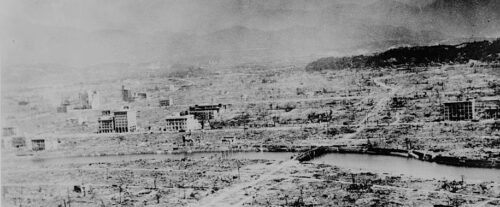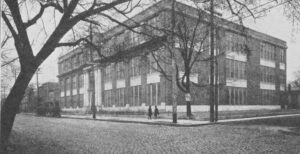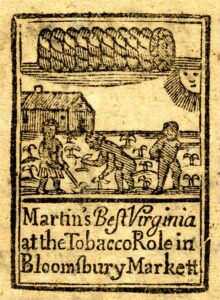
The Atomic Bombs in the Context of World War II
On 6 August 1945, the B-29 bomber Enola Gay, piloted by Colonel Paul Tibbets, dropped the first atomic bomb used in war on the city of Hiroshima, Japan. Three days later, another B-29, Bockscar (sometimes referred to as “Bock’s Car”) dropped the second atomic bomb, this time on Nagasaki, Japan. Days later Japan accepted unconditional surrender to the Allied powers, ending World War II.
The terms of this surrender had been outlined in the Potsdam Declaration, which came from the July-early August meeting of the Allied Powers in Potsdam, Germany. Whether or not the Japanese would respond to these demands, and under what circumstances, was still unknown when President Truman made the decision to use the first atomic bomb.
Once the bomb was dropped on Hiroshima and deemed successful, the Truman White House provided this press release on 6 August as an initial means of explaining the weapon and its use. Up to this point the Manhattan Project – the codename for the top secret program to build an atomic weapon – had been kept out of the news and under wraps. With the use of the weapon, however, the United States government was now in the position of making sense of it to its people, and the world.
Part of this process of understanding the power of these weapons took place in the months and years after they were used, in the form of scientific studies of the two cities. The United States, as the occupying power of Japan, had unrestricted access to both Hiroshima and Nagasaki, and took advantage of this access to assess the effects of the atomic bombs. This survey, written in 1946, focuses on how the United States might be able to prepare for an atomic attack, based on what the researchers found in the two Japanese cities.
Consider the decision to develop the bombs, then employ them, within the context of World War II, and the domestic and international political demands placed on the United States government – and both presidents Roosevelt and Truman. It is also worth seeing the atomic bombs as creating a transition into the Cold War, as the United States forecasts a time when it will no longer have an atomic monopoly.
Learn more about World War II and the Cold War through our two Core Documents Collections, both free to download as PDFs.



